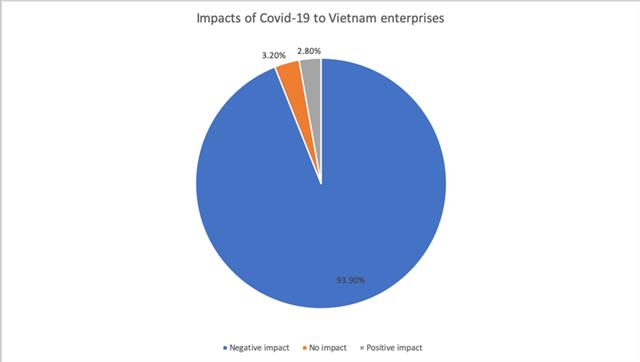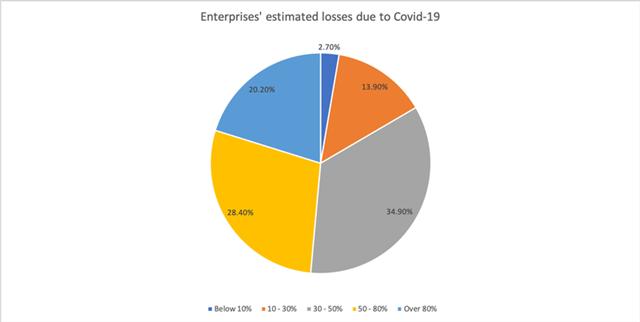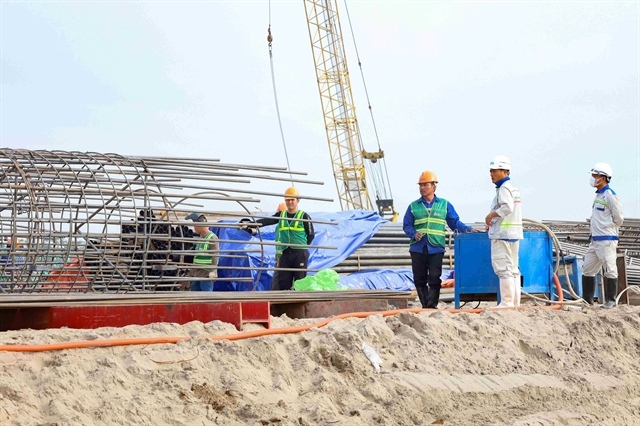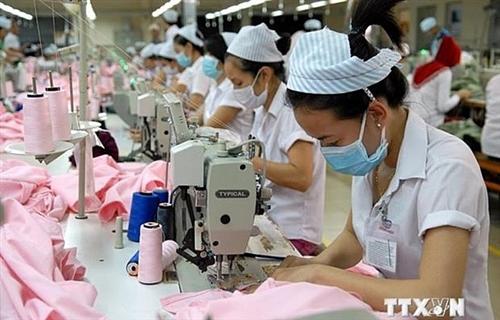Vietnam's Q2 GDP growth forecast to slow to 2% or even fall into recession
Vietnam's Q2 GDP growth forecast to slow to 2% or even fall into recession
A change in the epicenter of the pandemic from China to the US and Europe is causing greater impacts on Vietnam’s economy.
Vietnam’s GDP in the second quarter is forecast to expand by 2% year-on-year, slowing down from a 3.82% expansion in the first quarter, or even fall into recession, according to a study from the National Economics University - Hanoi (NEU).

Data: NEU. Chart: Ngoc Thuy.
|
Adding to the gloomy economic outlook, the benchmark VN-Index of the Hochiminh Stock Exchange could decline by 28% and exports could plunge by 25% during the April – June period, the NEU said in a report that is based on various scenarios of coronavirus cases in the country.
In case the pandemic is contained in this quarter, the economy could start recovering in the next quarter, with the fall of the VN-Index narrowing to 20% and of exports to 15%.
The university noted a change in the epicenter of the pandemic from China to the US and Europe is causing a more severe impact on Vietnam’s economy and move the disruption from the supply chain to the demand side.
According to the NEU, if the pandemic is controlled by the end of April, the country's trade turnover could decline 20 – 30%; healthcare and essential services up 25%; tourism and hospitality services down 15 – 20% in revenue and jobs; agricultural sector down 2.8 – 27.4% depending on each product.
In a scenario where the pandemic ends in late June, trade turnover would decrease by 30 – 40%; healthcare and essential services would rise 25 – 40%; transportation and logistics services down 20 – 30%; tourism and hospitality services down 30 – 40% in revenue and jobs.
In a survey conducted by the NEU with the participation of 510 enterprises at end-March, 65.5% of the respondents have to reduce operational costs; 35.3% are forced to layoff employees; 34% cut employees’ salaries and 34.5% consider allowing employees taking unpaid leave.
Meanwhile, 44.7% enterprises have scaled down operations; 34.7% chose to suspend operations until the pandemic is contained and 15.1% changed to new business lines.

Data: NEU. Chart: Ngoc Thuy.
|
The NEU report concludes in case the Covid-19 pandemic persists until the end of April, over 49% enterprises could still maintain operations;31.9% will scale down operations; 18.1% will suspend operations and 0.8% could face bankruptcy.
However, in a worse-case scenario where the Covid-19 pandemic continues to late June, only 14.9% enterprises could maintain normal operations while 46.6% could downsize operations; 32.4% could suspend operations and 6.1% would be on the brink of bankruptcy.
If the pandemic goes on until September, around 19.3% enterprises would go bankrupt, the figure could rise to 39.3% in case the pandemic lingers to the end of the year.
As of March 20, over 15% enterprises scaled down operationd, up 5% from the previous month and 440,000 – 880,000 employees lost jobs or faced reduction in working hours.
Referring to recommendations of the business community, the NEU called for more urgent measures, including waiver or reduction of taxes instead of delayed tax payment. Additionally, the government should ensure quick implementation of supporting programs as well as efforts to stabilize inflation.


























